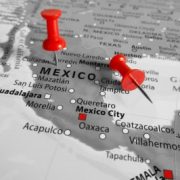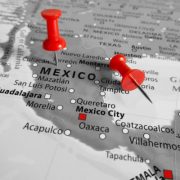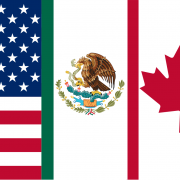
“Mexico’s peso won’t return to the record lows it reached this year even if the U.S. makes good on threats to undo the trade agreement that transformed Latin America’s second-largest economy into an export powerhouse, according to the currency’s top forecaster.
The selloff that sent the peso plunging to 22 per dollar in the days before Donald Trump’s inauguration was overdone despite the threat to Nafta, said Scott Petruska, a foreign-exchange adviser for Silicon Valley Bank who was the most accurate analyst in the first quarter according to Bloomberg rankings. He correctly predicted that the currency would recover from the rout to become one of the best performers in the world this year.
“The Trump administration seems to have Mexico in its cross hairs which makes everybody very nervous, whether it’s negotiating Nafta or slapping some sort of tariff or border tax on imports from Mexico,” Petruska, who was also the top forecaster for Canada’s dollar, said from Boston. “But we can appreciate that Mr. Trump’s bark is often times worse than his bite.”
The peso plunged 15 percent from Trump’s surprise election win to when he took office as investors speculated he would damp foreign investment and suppress exports to the U.S., the destination for 75 percent of the goods Mexico sends abroad. It erased some of those losses in the first quarter as the central bank raised interest rates and U.S. officials indicated they probably wouldn’t seek to scrap Nafta entirely. Mexico central bank Governor Agustin Carstens said Wednesday that the peso — at about 18.8 per dollar — is still undervalued.
Petruska sees the peso weakening to 20 per dollar by September as traders overreact to whatever trade negotiations get underway, but says it will quickly recover to trade at 19 by the end of the year. The currency will gain to 18.3 per dollar by the end of 2018, he said.
With a benchmark lending rate of 6.5 percent, Mexico offers a higher return on local bonds than peers such as India, Peru and Chile. Volatility in the peso, meanwhile, has plummeted in the last few months and “speculators will feel comfortable going into the carry trade,” Petruska said.”
by Isabella Cota / Bloomberg
6 de abril de 2017 4:00 GMT-5

Scroll to top








